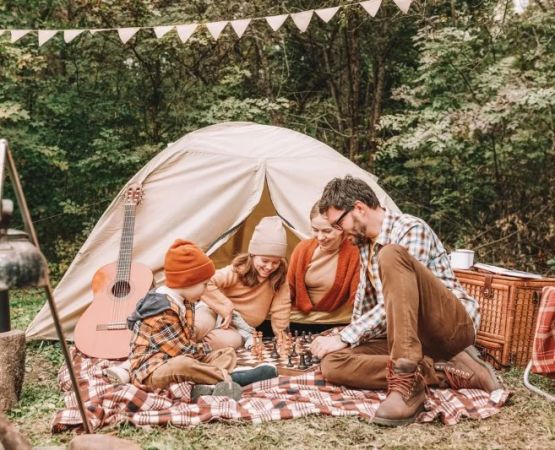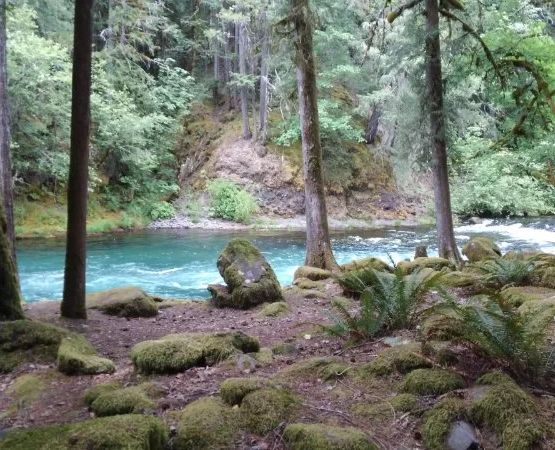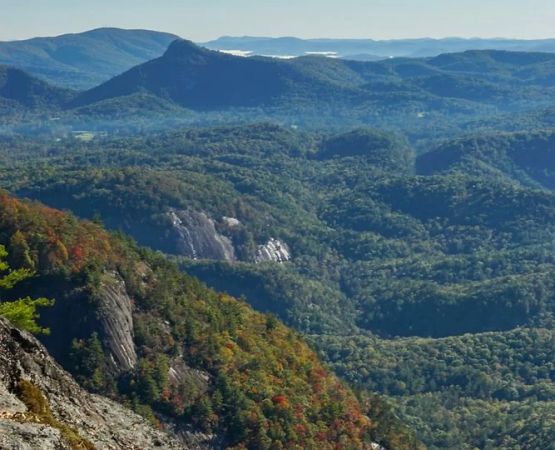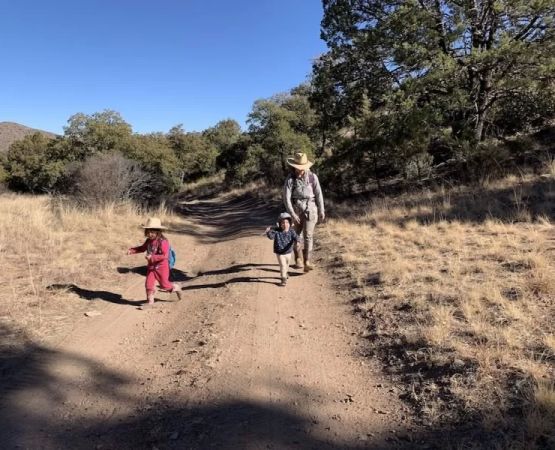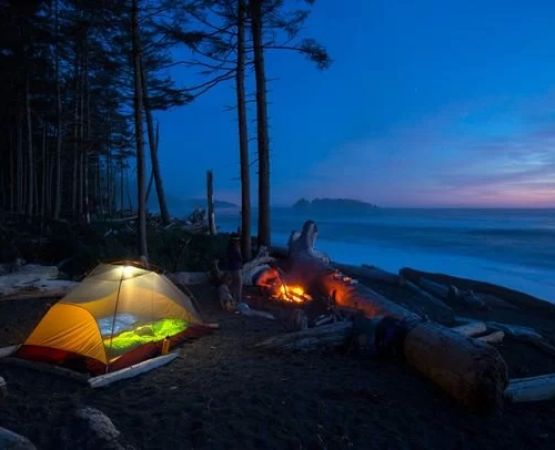- Understanding-Minor-Cuts-and-Abrasions
- First-Aid-Steps-for-Cuts-and-Abrasions
- When-to-Seek-Professional-Help
- Real-Life-Scenarios-and-Practical-Tips
- Why-Pine-Cliff-Resort-is-Your-Trusted-Resource
1. Understanding Minor Cuts and Abrasions
Exploring rocky trails, climbing along riverbeds, or even skipping stones near the shore often comes with the risk of small injuries. Minor cuts and abrasions from rocks may look insignificant at first, but they still require attention. These injuries usually involve scrapes where the skin’s surface is worn away, exposing tender tissue that can easily become infected if ignored. Recognizing the difference between a surface-level abrasion and a deeper cut is the first step in proper care.
2. First Aid Steps for Cuts and Abrasions
2.1 Clean the Wound Thoroughly
After sustaining a scrape or cut, the most important action is immediate cleaning. Use clean water to rinse away dirt, sand, and tiny rock fragments that may linger in the wound. Mild soap can be used around, but not inside, the wound to reduce irritation. This prevents bacteria from settling in.
2.2 Apply Antiseptic and Cover
Once the wound is clean, apply an antiseptic solution or cream to protect against infection. Cover the area with a sterile bandage or dressing to keep it safe from further friction and exposure. For hikers and campers, carrying a compact first aid kit is essential for this step.
2.3 Monitor for Healing
Check the wound daily to ensure it’s healing properly. Replace dressings if they become dirty or damp, and allow some air exposure once the initial healing process begins. If the skin around the wound becomes increasingly red, swollen, or painful, that may indicate infection.
3. When to Seek Professional Help
Most minor cuts and abrasions from rocks heal without complications. However, professional medical attention may be necessary if the wound continues to bleed after several minutes of pressure, if it’s unusually deep, or if foreign material remains embedded. In areas where tetanus is a risk, checking your vaccination status is also crucial. Taking preventive measures ensures faster recovery and peace of mind.
4. Real-Life Scenarios and Practical Tips
Imagine a family on a summer camping trip by the lake. One child slips on a wet rock and ends up with a scrape on the knee. At first, panic sets in, but having basic first aid knowledge turns the situation into a manageable one. A quick rinse, antiseptic cream, and a bandage allow the child to keep enjoying the trip. Stories like this highlight how preparation makes outdoor activities safer and more enjoyable. Simple readiness can turn potential setbacks into small bumps on the adventure trail.
5. Why Pine Cliff Resort is Your Trusted Resource
For outdoor enthusiasts, being well-prepared is part of the adventure. That’s where Pine Cliff Resort becomes more than a getaway—it’s a partner in safety and comfort. With resources, outdoor gear, and helpful recommendations, the resort ensures that visitors not only enjoy nature but also feel confident handling minor scrapes and accidents. Choosing the right products and services makes all the difference when turning a rocky mishap into just another memory of the great outdoors.

